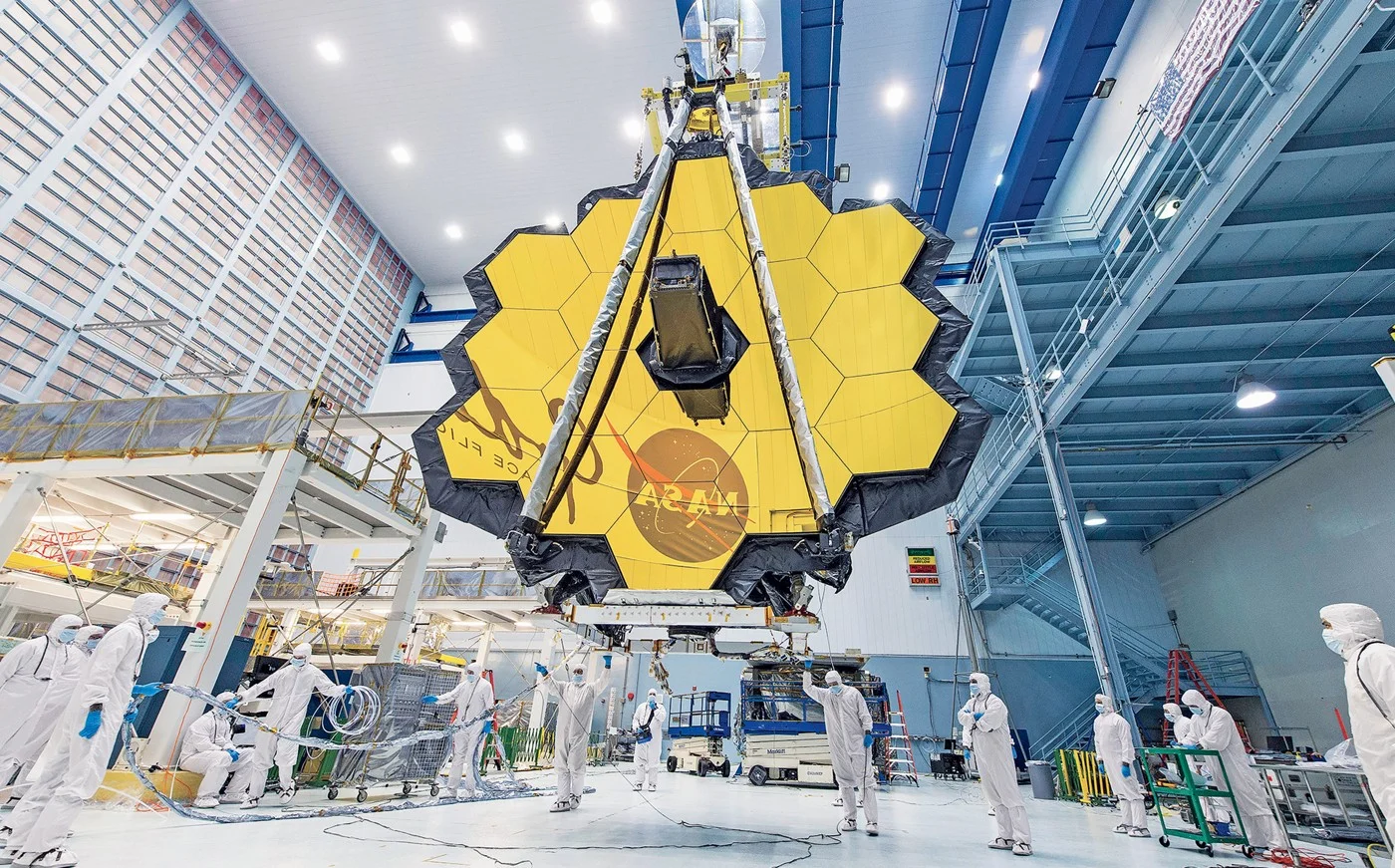Introduction
The James Webb Space Telescope (JWST) is set to launch in late 2021, and it is poised to revolutionize our understanding of the universe. This telescope is the most powerful and technologically advanced space telescope ever built, and it will allow us to see deeper into space and further back in time than ever before. In this blog post, we will explore the James Webb Space Telescope in more detail, including its history, technology, and potential scientific discoveries.
History of the James Webb Space Telescope
The James Webb Space Telescope was named after James E. Webb, who was the administrator of NASA from 1961 to 1968. The telescope has been in development since the early 2000s, and it is a joint project between NASA, the European Space Agency (ESA), and the Canadian Space Agency (CSA). The initial plans for the telescope were to launch it in 2014, but various technical and funding issues delayed the launch to its current projected launch date of December 18, 2021.
Technology Behind the James Webb Space Telescope
The James Webb Space Telescope is much more advanced than its predecessor, the Hubble Space Telescope. It is designed to operate in the infrared range of the electromagnetic spectrum, which will allow it to see through clouds of dust and gas that obscure visible light. The telescope is also significantly larger than the Hubble, with a primary mirror that is 6.5 meters in diameter compared to Hubble’s 2.4-meter mirror.
The James Webb Space Telescope is equipped with several scientific instruments, including a Near Infrared Camera (NIRCam), a Near Infrared Spectrograph (NIRSpec), and a Mid-Infrared Instrument (MIRI). These instruments will allow scientists to study a wide range of phenomena, including the formation of galaxies, the birth of stars, and the evolution of planetary systems.
Potential Discoveries
The James Webb Space Telescope is expected to make a significant impact on our understanding of the universe, and it has the potential to make several groundbreaking discoveries. Here are some of the most exciting potential discoveries that could be made using the James Webb Space Telescope:
- The First Stars and Galaxies: The James Webb Space Telescope will be able to see back in time to the early universe, which will allow scientists to study the first stars and galaxies that formed after the Big Bang.
- Exoplanets: The telescope’s high sensitivity will allow scientists to study the atmospheres of exoplanets, which could help us understand the conditions that are necessary for life to exist.
- The Formation of Stars: The telescope will be able to study the formation of stars in great detail, which could help us understand how stars are born and how they evolve over time.
- Dark Matter and Dark Energy: The James Webb Space Telescope will be able to study the effects of dark matter and dark energy on the formation and evolution of galaxies, which could help us understand the nature of these mysterious phenomena.
Conclusion
The James Webb Space Telescope is a remarkable achievement in space exploration, and it has the potential to make some groundbreaking discoveries. The telescope’s advanced technology will allow us to see further into space and further back in time than ever before, and it will enable us to study a wide range of phenomena in great detail. While the launch of the telescope has been delayed several times, it is expected to launch in December 2021, and scientists around the world are eagerly anticipating the new discoveries that will be made possible by this incredible piece of technology.








